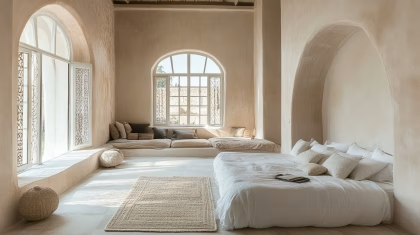The visual theme of a dashboard, whether light or dark, is a prominent design choice with potential implications for user experience. This research investigates the effect of visual theme on user performance and workload during decision-making tasks on dashboards. In a within-subjects experiment, we measured the effect of dark and light themes and task complexity (easy, medium and hard), on task completion time, accuracy, confidence, fixation counts, pupil dilation, and workload. The dark mode improves accuracy, confidence, and average fixation count for medium task complexity levels, suggesting its utility in specific scenarios. In dark mode, the relative pupil dilation was higher, but the perceived workload was lower than in light mode. These findings highlight the need to study the interrelation between objective workload measurements and subjective questionnaires. This study advances empirical foundation for theme selection in data-driven interfaces of varying complexity.
Related Posts
-

Your Menu Is Your Most Powerful Marketing Asset
Consumer Insights
-

Measuring Pain: Advancing The Understanding Of Pain Measurement Through Multimodal Assessment
Ergonomics
-

Feeling at Home: How to Design a Space Where the Brain can Relax
Ergonomics
-

Why Dial Testing Alone Isn’t Enough in Media Testing – How to Build on It for Better Results
Consumer Insights



